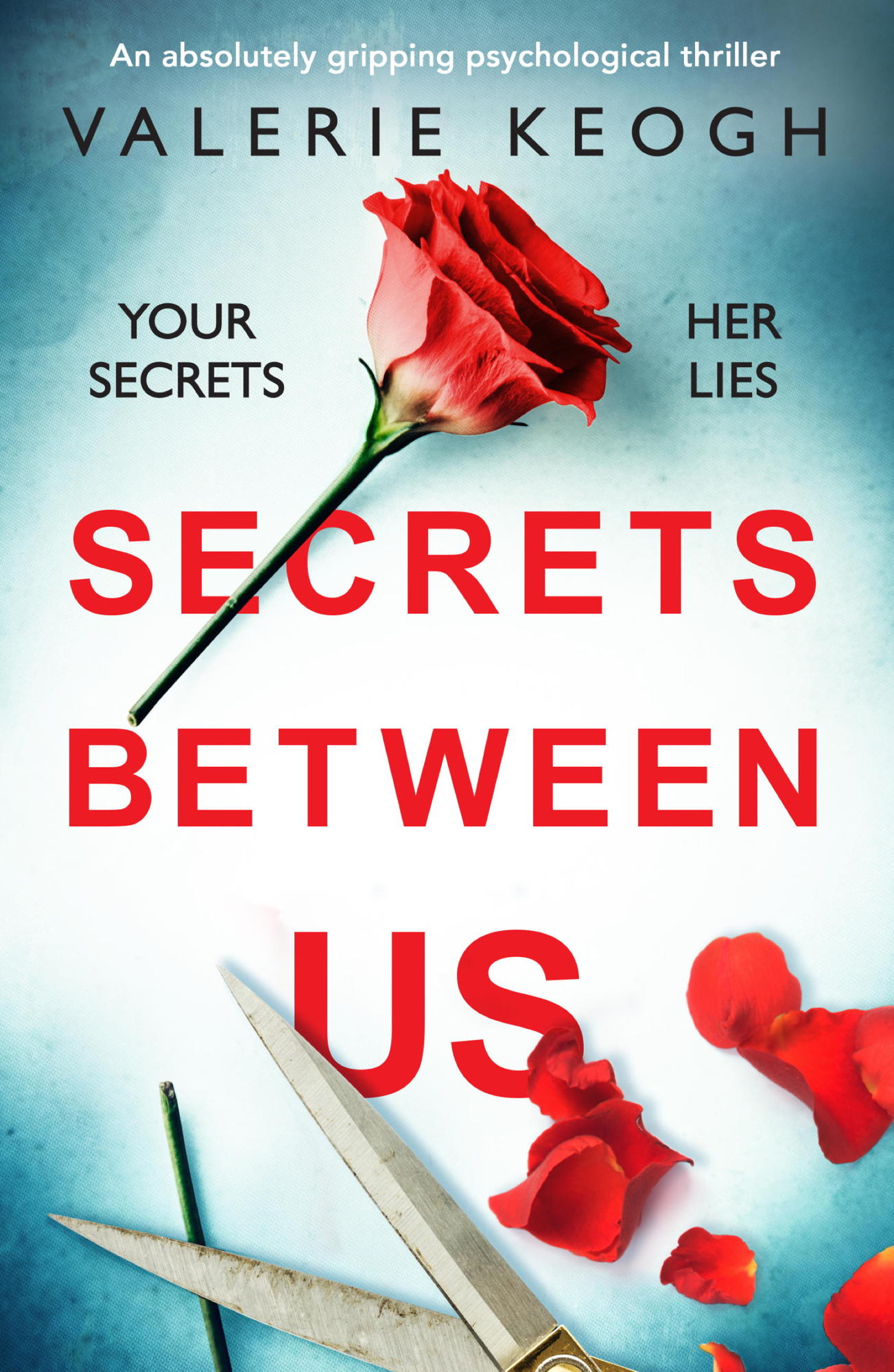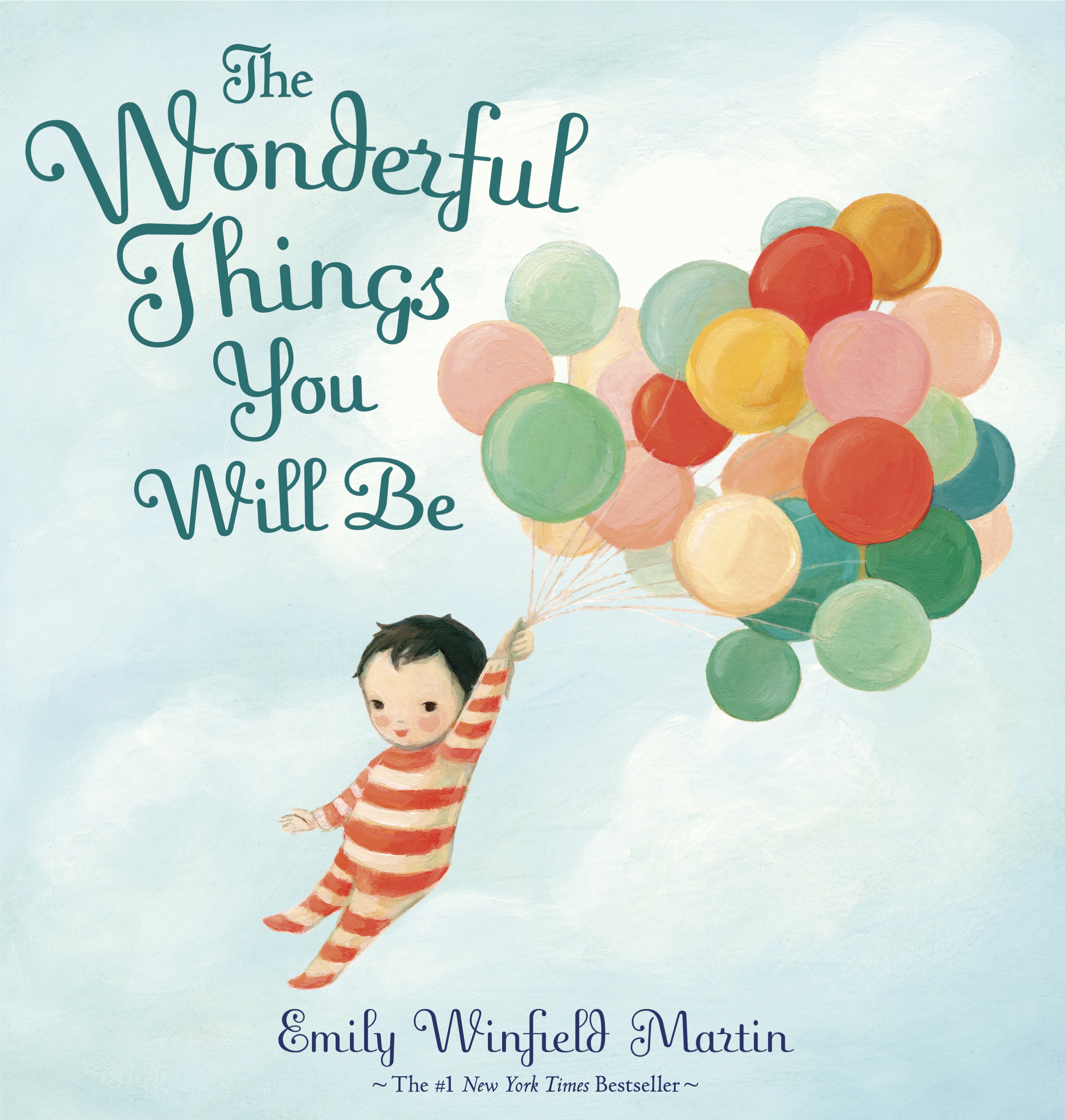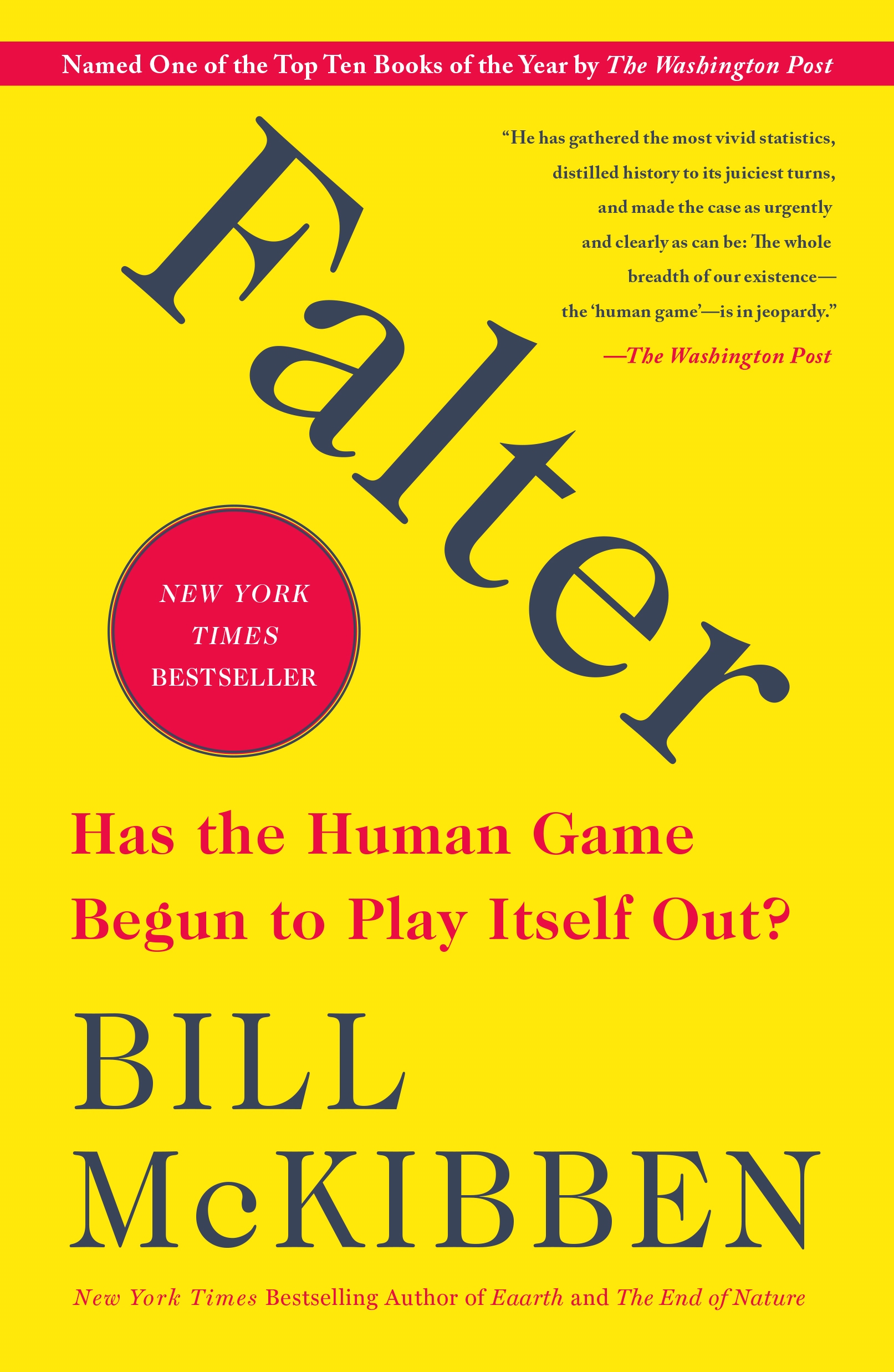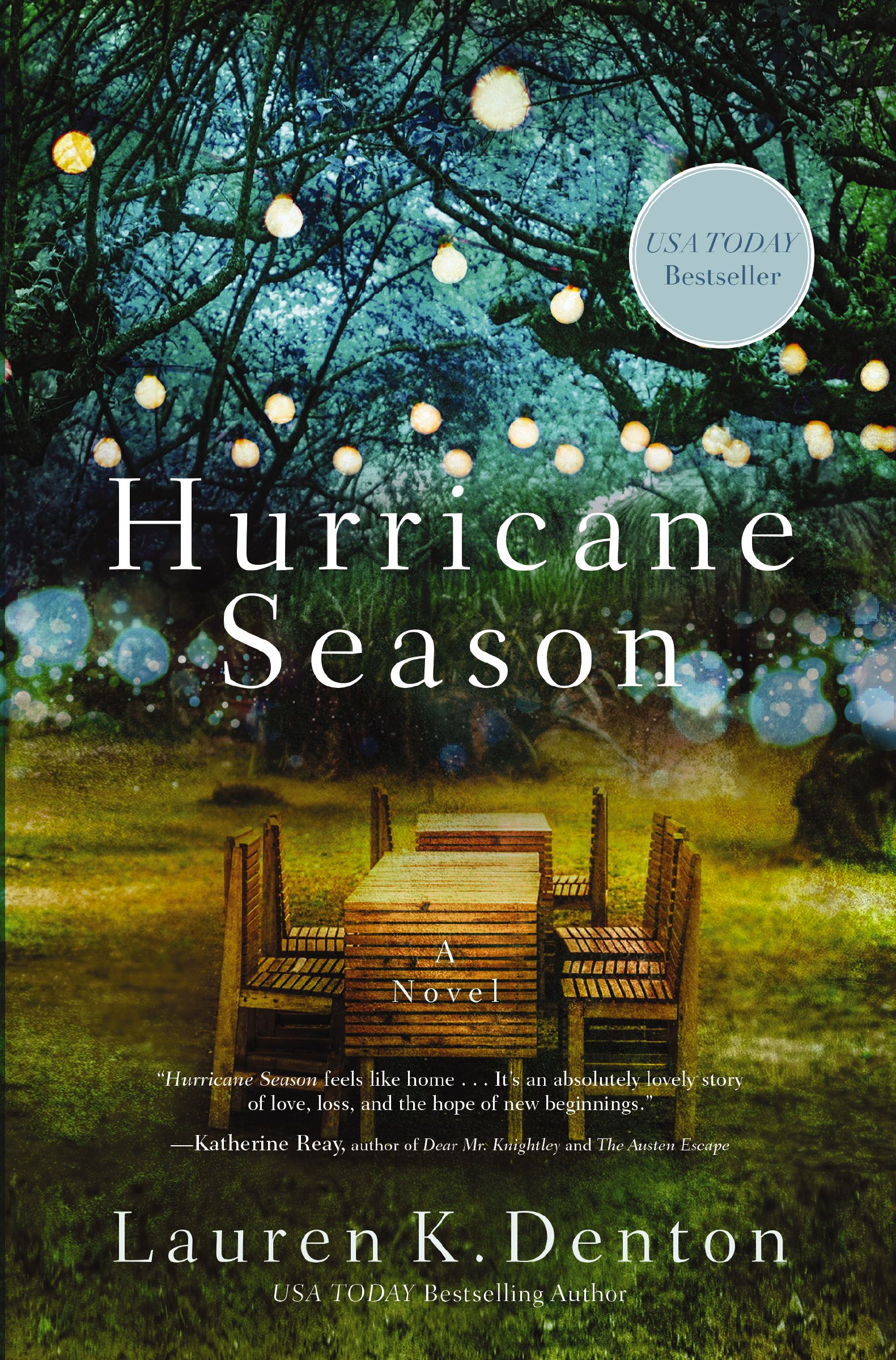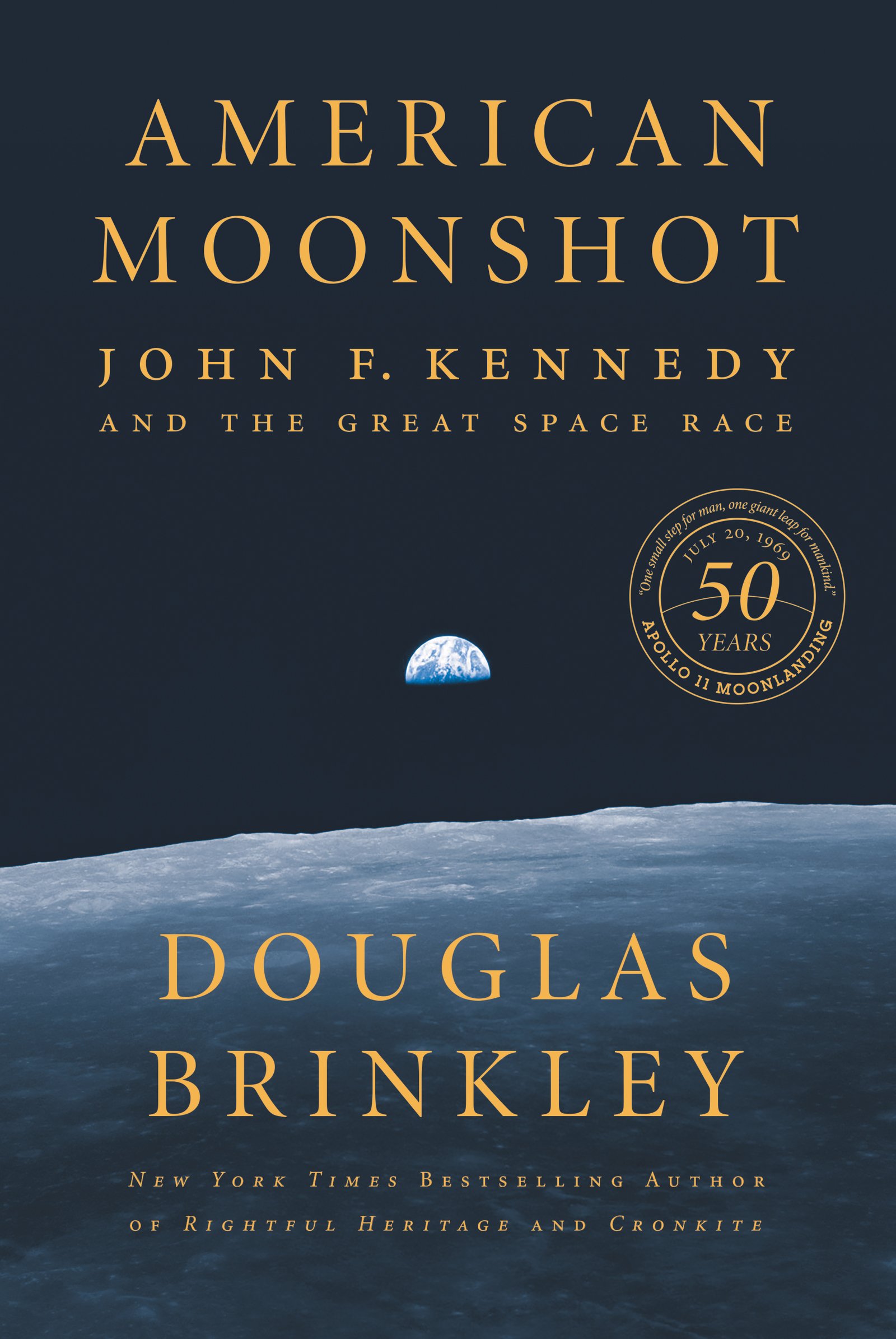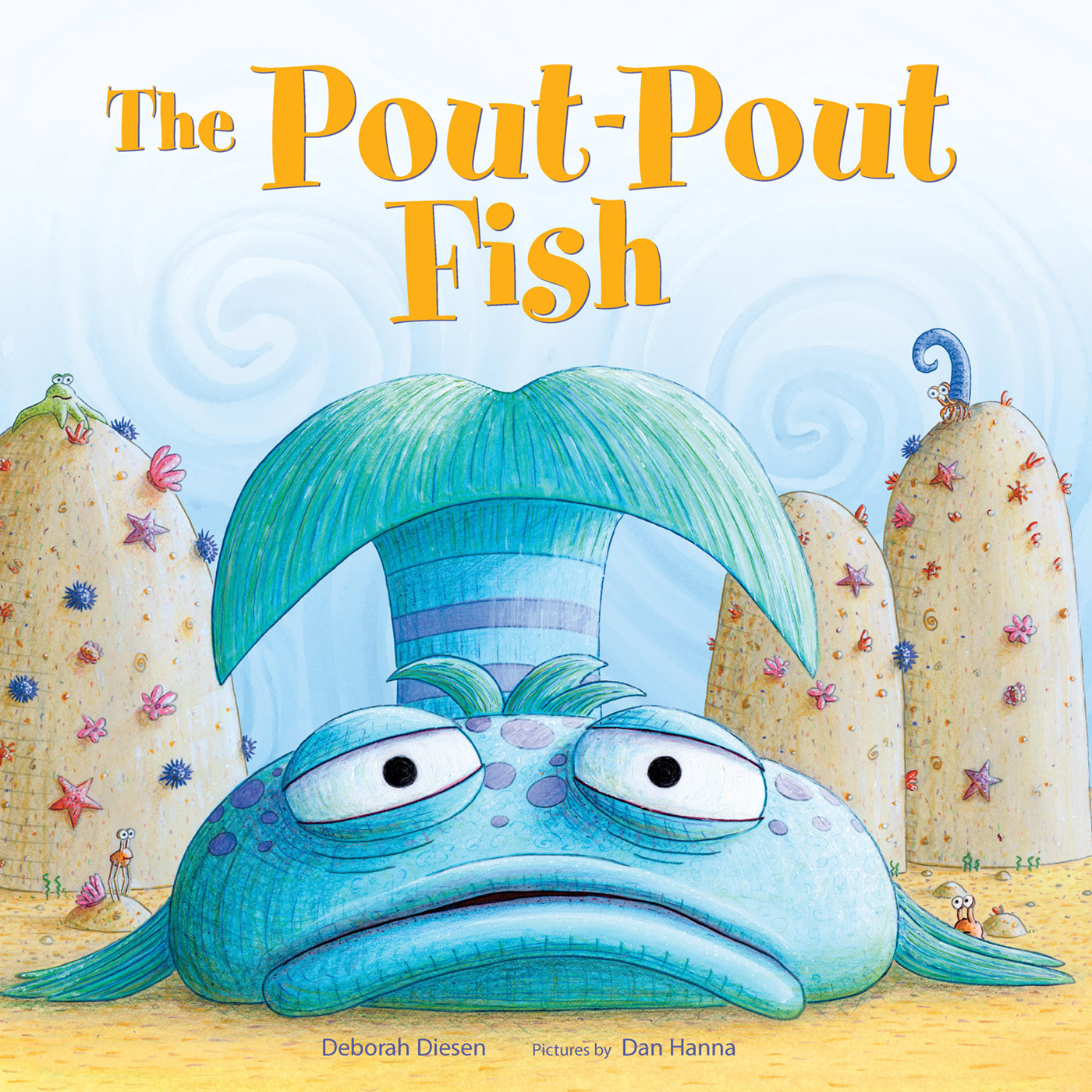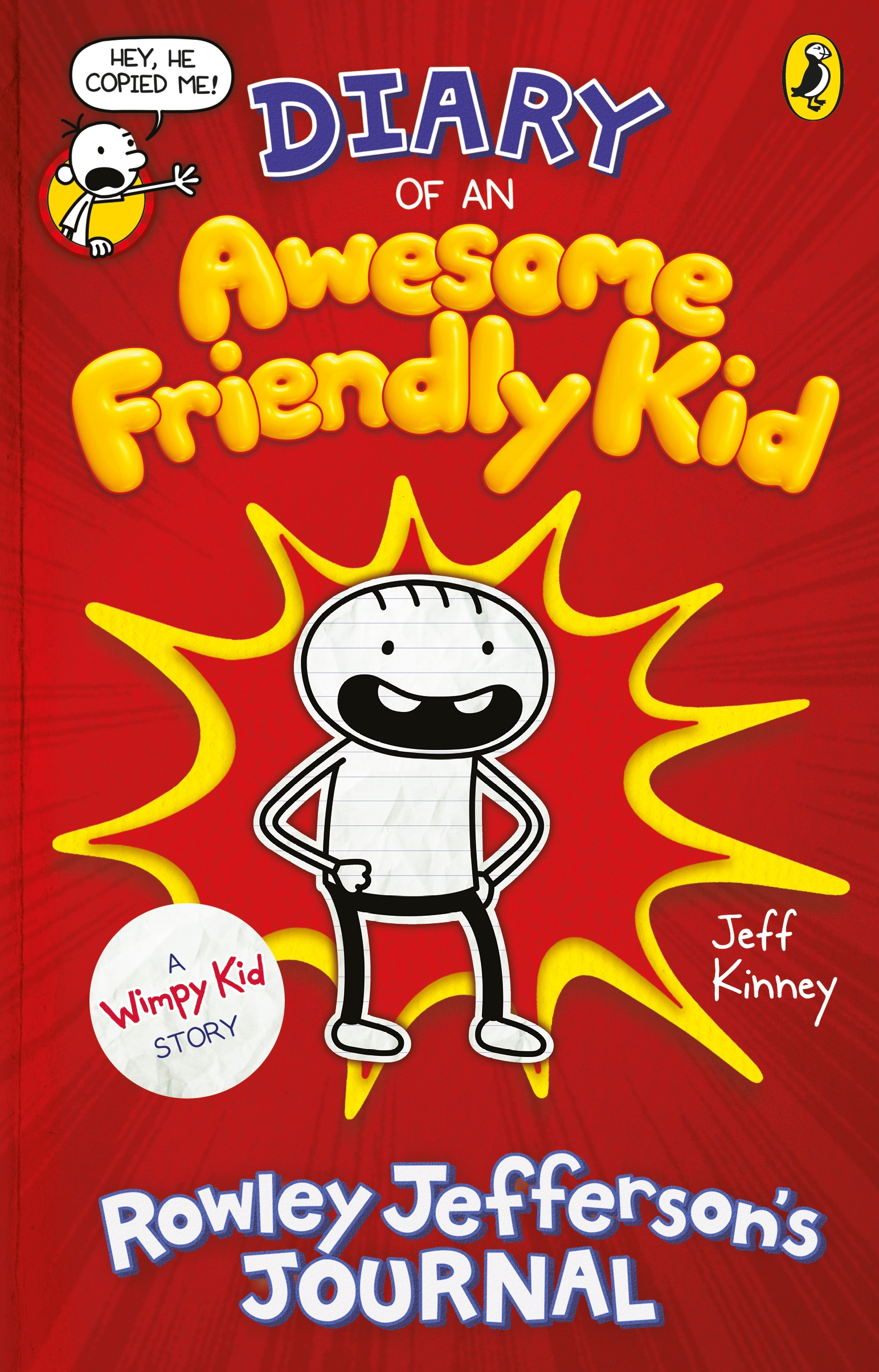
- Browse Category
Subjects
 We Begin at the EndLearn More
We Begin at the EndLearn More - Choice Picks
- Top 100 Free Books
- Blog
- Recently Added
- Submit your eBook
password reset instructions

The Elizabethan popular audience had a natural love of clowning, slapstick and the mayhem that was released when the rules of society were relaxed, broken or subverted. A play set on Midsummer Night and structured as a dream was going to be fun and full of the resonances associated with a festal day that had age old overtones of love, marriage, misrule and jolllity. Midsummer was traditionally celebrated with dancing and feasting and always involved secret assignations in the woods later when it was dark. Indeed, A Midsummer Night's Dream is a play with a bit of everything - magic, moonlight, mayhem, love's mad entanglements, fairies, mistakes, mechanicals as mummers, all set in the spookiness of the woods at midnight - and all of it provoking laughter.
The business of comedy was more important and serious than simply raising a laugh. It has always served a much graver purpose than mere humorous entertainment, but has also been regarded by religious, moral and cultural guardians as a lesser form than tragedy and a morally questionable one. In a world where society was strictly stratified even the arts had hierarchies. In painting devotional studies (Annunciations, Nativities, Crucifixions) were thought to be the highest endeavour, and historical subjects were thought superior to landscape and portraiture. Grotesque topics of common life (card-playing, village dances, tavern scenes) were thought of as very low art. In literature the epic poem, tragic drama, religious poetry, history plays, even lyrics and love verses were thought of as higher forms than mere comedy. Though the plays of Terence and Plautus were studied, translated and performed by schoolboys and undergraduates, and the satires of Juvenal and Horace were similarly on educational syllabuses, comedy was regarded with suspicion. It was thought to be a too vulgar form, too associated with the bourgeoisie and the commoners, too concerned with trickery, knavery and sex.
It would not be amiss to re-title the play A Midsummer Night's Nightmare, for, though matters in Athens are complicated and tense enough, the escape to the woods releases all manner of dark things and makes the entanglements even worse. The piece can be acted in two ways. The traditional approach has been to display it as a fast-moving, action-packed, farcical romp, a carnival of silliness; a light-hearted celebration of human foolishness, full of mistakes and misperceptions, nonsense and laughter, but turning out all right in the end, and not to be taken seriously as it is only a playful entertainment. It may also be seen as a play where oppressiveness, manipulation, misplaced love, hatred and menace dominate and the inconstancy of the human heart is disturbingly exposed. Hermia escapes from Egeus' dictatorial threats only to find herself (and her complacent assumption of happiness to come in exile) at the mercy of forces she cannot control and does not understand. What happens in the woods is unsettling and represents the more frightening fears that lurk in the psyche and emerge in dreams. It is the woods that provoke the dream/nightmare element.
Less- File size
- Print pages
- Publisher
- Publication date
- Language
- ISBN
- 9 X 6 X 0.68 in
- 302
- Wimbledon Publishing Company
- October 27, 2016
- English
- 9781783085552











